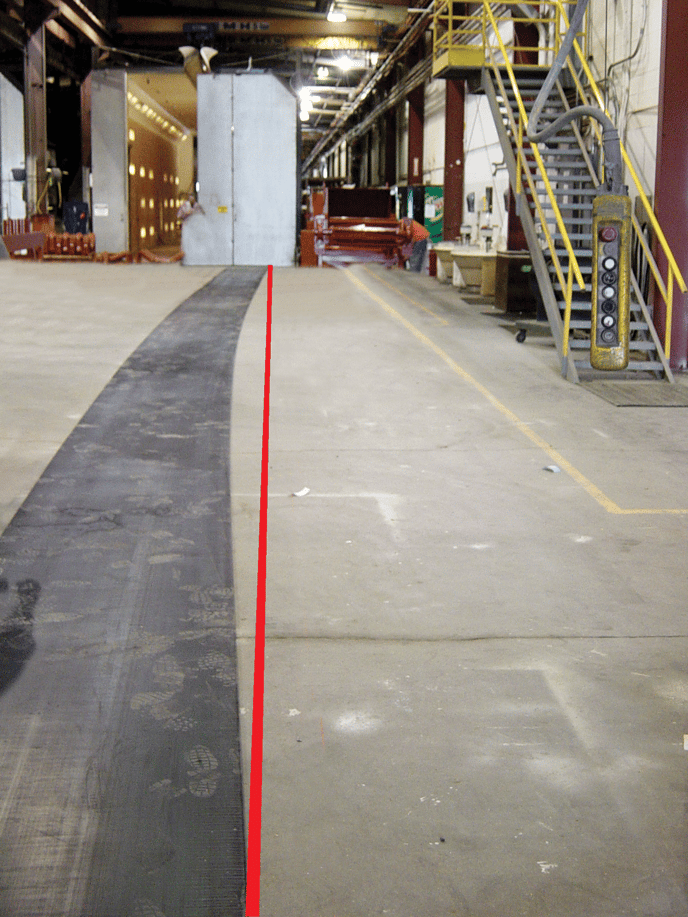Conveyor Belt Camber
Understanding Belt Camber: Causes, Effects, and Solutions

Not all common issues with conveyor belts stem from faulty design, implementation, or maintenance; some originate from issues during the production and storage of key components.
Belt camber occurs when a belt warps into a curved bow shape when laid flat. Technically, camber refers to the curvature's outer edge, with the concave side termed the bow. Camber can lead to serious tracking problems for the belt, causing a consistent side-to-side motion along the affected area. This motion differs from a crooked splice, which typically results in a sudden sideways jump, whereas camber produces a less abrupt effect that extends along the belt's length rather than just at the splice point.
Camber issues often arise from faulty manufacturing or improper storage practices. They can also result from irregular tension or improper splicing of the belt.